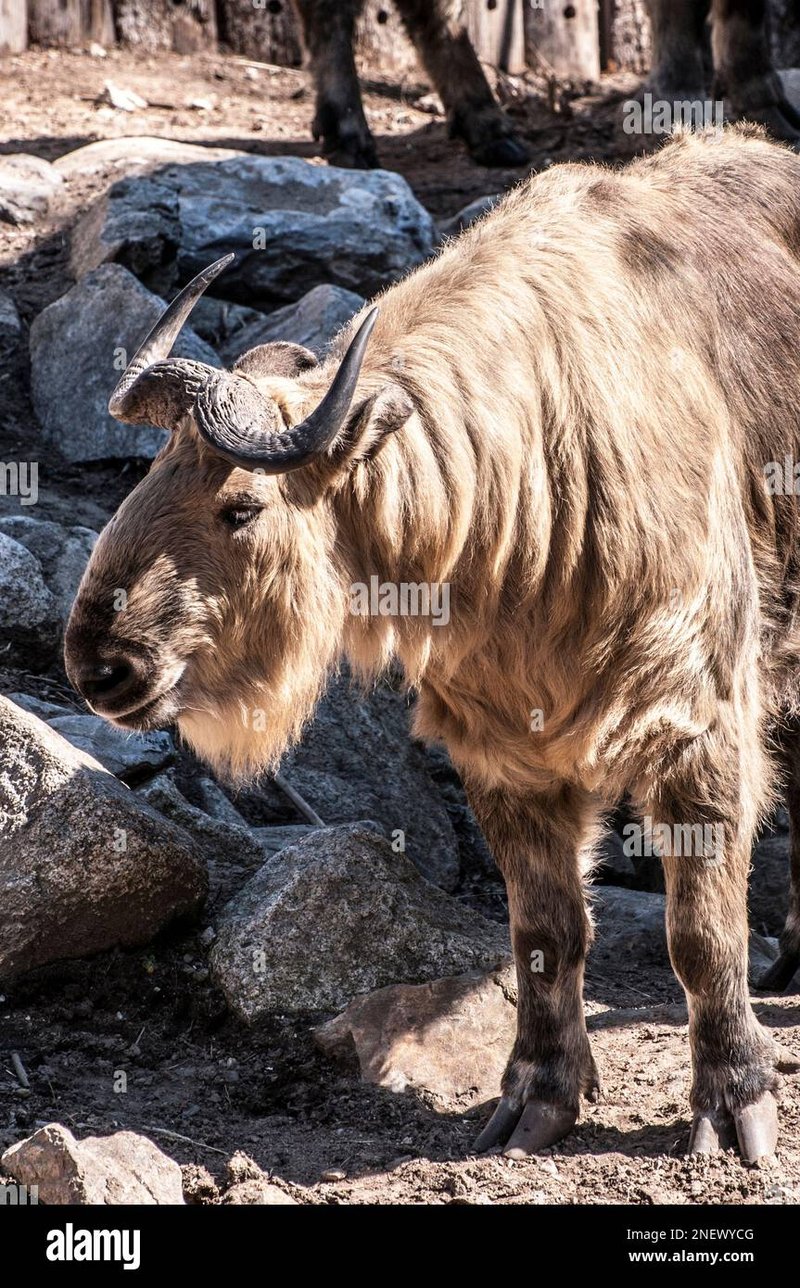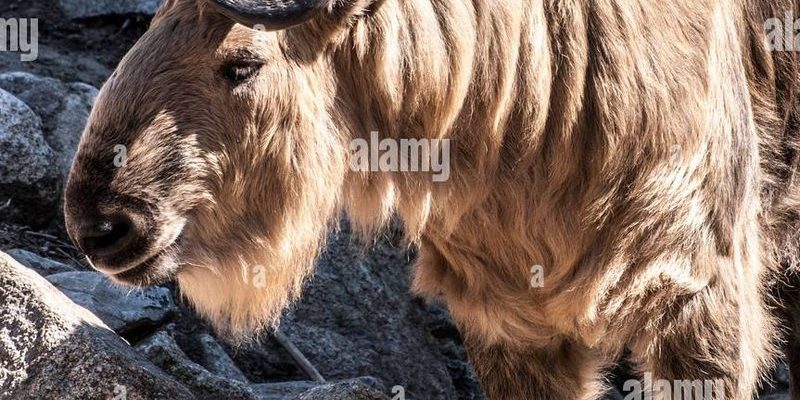
So, is the takin endangered? The answer isn’t just a simple “yes” or “no.” Global conservation insights tell us that these majestic animals are currently classified as vulnerable, which means they’re at risk of becoming endangered if things don’t change. Let’s dive deeper into the challenges they face and what’s being done to help them.
What is the Takin and Where Does It Live?
To understand the conservation status of the takin, we first need to appreciate what this animal is all about. The takin (Budorcas taxicolor) is a large, herbivorous mammal known for its thick, shaggy fur and impressive size, reaching up to 6 feet in length and weighing over 600 pounds. They are often seen in rugged, mountainous regions where they roam in herds.
You might find them in places like the Himalayas or the Tibetan Plateau, where they graze on grasses, shrubs, and leaves. These habitats are not only their homes but also critical for their survival. However, these areas are becoming increasingly pressured by human activities, such as agriculture and urban development.
If you picture the takin’s habitat as a delicate balance, this balance is starting to tip. With their natural environments shrinking, takins are losing not just space, but also the resources they need to thrive. It’s like trying to juggle while someone keeps adding more balls—eventually, something’s going to drop.
Current Conservation Status
You might be wondering what the term “vulnerable” means when it comes to the takin. This classification, provided by the International Union for Conservation of Nature (IUCN), indicates that they face a high risk of extinction in the wild. In 2021, estimates suggested that there were fewer than 20,000 takins left in the wild, and this number could drop further if conservation efforts aren’t ramped up.
Several factors contribute to their vulnerability. Habitat loss is a significant issue, as agricultural expansion and urbanization continue to encroach on their mountain homes. Additionally, hunting and poaching further threaten their populations. Imagine a student struggling to focus on studies, only to find their library being turned into a shopping mall. This is the kind of predicament the takin is in.
While not as iconic as some endangered species, like the tiger or the elephant, the takin plays an essential role in its ecosystem. Their grazing habits help maintain the health of their habitats, benefiting many other species. Losing them would be like pulling a thread from a tapestry—the entire structure weakens.
Threats Facing the Takin
Understanding the threats to takins gives us insight into why conservation efforts are crucial. Here are some of the major challenges they face:
- Habitat Loss: As more forests are cleared for farming or urban development, takins are left with smaller and fragmented habitats. This makes it harder for them to find food and mates.
- Hunting and Poaching: Takins are hunted for their meat and hides. In some regions, they are seen as trophies or used in traditional medicine, further reducing their numbers.
- Climate Change: Changes in climate can alter their habitats, making it difficult for takins to adapt. Warmer temperatures may lead to changes in vegetation, impacting their food sources.
Here’s the thing: just like any other species, takins are not isolated beings; they’re part of a larger system. If we lose them, the ripple effect can impact entire ecosystems, altering food chains and habitat dynamics.
Conservation Efforts Around the World
The good news is that organizations and governments are stepping up to help the takin. Various conservation efforts focus on protecting their habitats and reducing poaching. Here are some key initiatives:
- Protected Areas: Many countries have created national parks and reserves that protect takin habitats. These areas allow takins to roam freely and find food without human interference.
- Anti-Poaching Measures: Enhanced patrols and community awareness programs are aimed at reducing poaching. Local communities are encouraged to participate in conservation efforts, promoting the idea that protecting takins can benefit them too.
- Research and Monitoring: Conservationists continuously study takin populations and their habitats to understand better how to protect them. This includes tracking movements, breeding patterns, and overall health.
It’s like trying to save a crumbling building—you have to shore up the walls and ensure it remains safe for its inhabitants. These efforts are crucial for the takin’s future.
How You Can Help Conservation Efforts
You might think, “What can I do about the takin’s plight?” Well, there are several ways individuals can contribute to conservation efforts:
- Raise Awareness: Sharing information about the takin can help others understand its situation and the importance of conservation.
- Support Organizations: Many organizations focus on wildlife conservation. Donating to these groups or participating in events can make a significant impact.
- Responsible Tourism: If you visit areas where takins live, be a responsible tourist. Follow guidelines that protect wildlife and their habitats.
Think of it as a community effort. Each small action adds up, just like a single drop of rain can fill a bucket over time.
The takin is a fascinating creature that symbolizes the struggles many species face in today’s world. While they are currently classified as vulnerable, there’s still hope. Through global conservation efforts and the commitment of individuals, we can help ensure that these unique animals don’t fade away into history.
As we work together to protect the takin’s habitat and advocate for their existence, remember that every effort counts. The story of the takin is more than just about one animal; it’s about the interconnected web of life that we all share. By understanding their plight, we can make informed choices that contribute to a healthier planet for future generations. So, next time you think about wildlife conservation, remember the takin—it just might inspire you to take action!

